The Alchemy of Photography
Listen to this story. Narrated by Olaf Willoughby.
Our hunger for perfection transcends time, distance and culture. Primitive humans tried to understand the Gods in the night sky. Today we try to understand the fractured world we inhabit. The principles remain the same. We just cannot resist the call of curiosity.
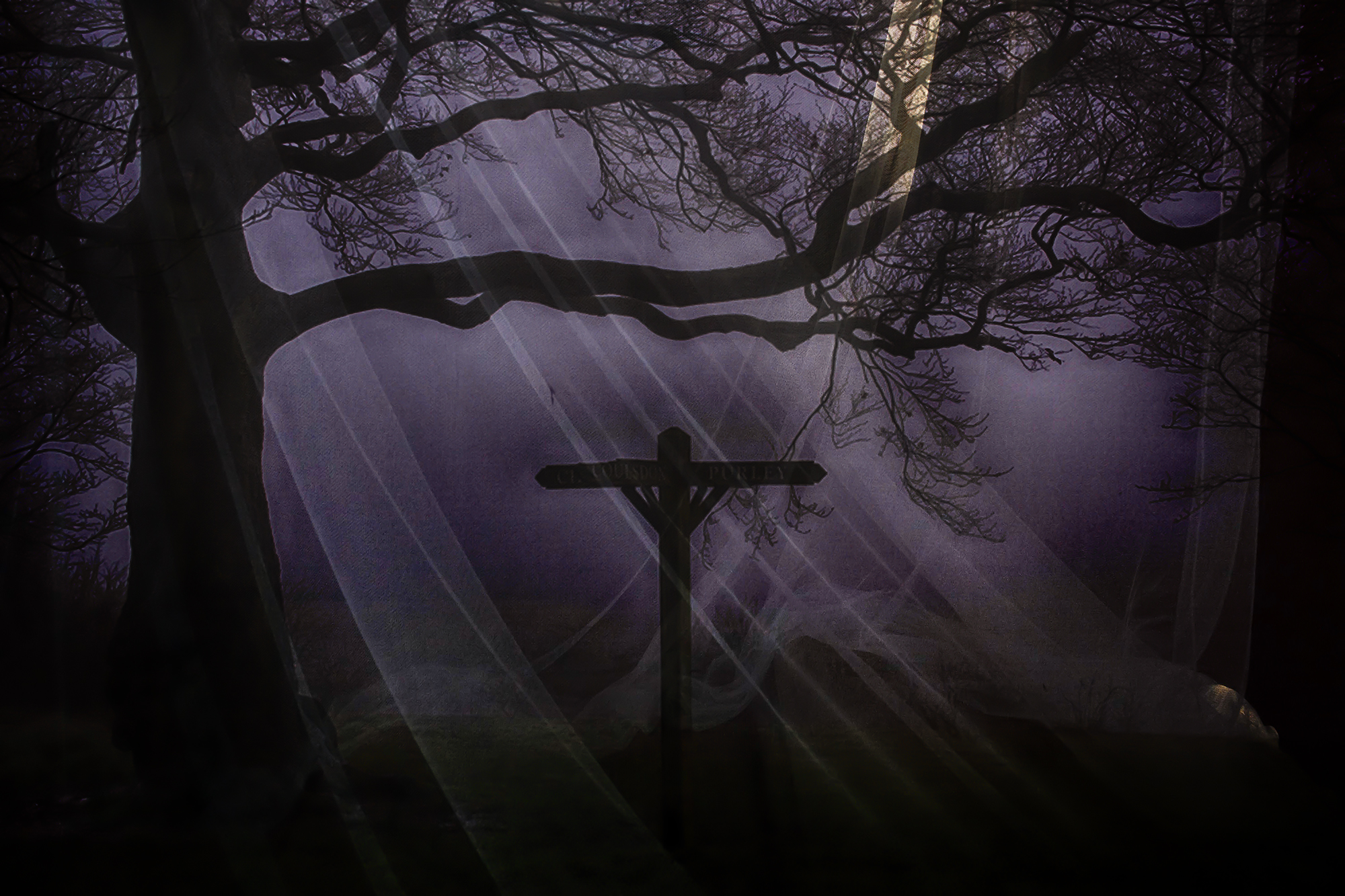
Long before the logical left brain came to power in the West, alchemy was born in ancient texts from India, China and Greece. Although it is popularly represented as wizards muttering incantations trying to transmute base metals into gold, alchemy was also a metaphor for spiritual perfection. On this odyssey, Gold was seen as the state of purity and base metals, the impurities to be overcome.
I’ve often thought of the photographer’s artistic journey in similar terms. Both alchemy and photography can be seen as scientific and creative. Both share a desire for the transformation of ideas into tangible reality through the manipulation of materials, processes and thought. And both require plenty of trial and error and have a glorious fondness for unpredictability. Magically, these similarities apply not only to film and digital photography but even more so today in the generation of photo realistic images through AI.
In photography, the quest for the gold of discovering your creative voice starts with a labyrinth of options. At first we might believe that new, better or even just more camera gear would bring success. Along the way, further possibilities are books, attending exhibitions or workshops, alternative processes and more. One of the most deceptive choices is visiting exotic destinations. The experiences may be profound but artistically we may realise that although the content changes, the picture remains the same.
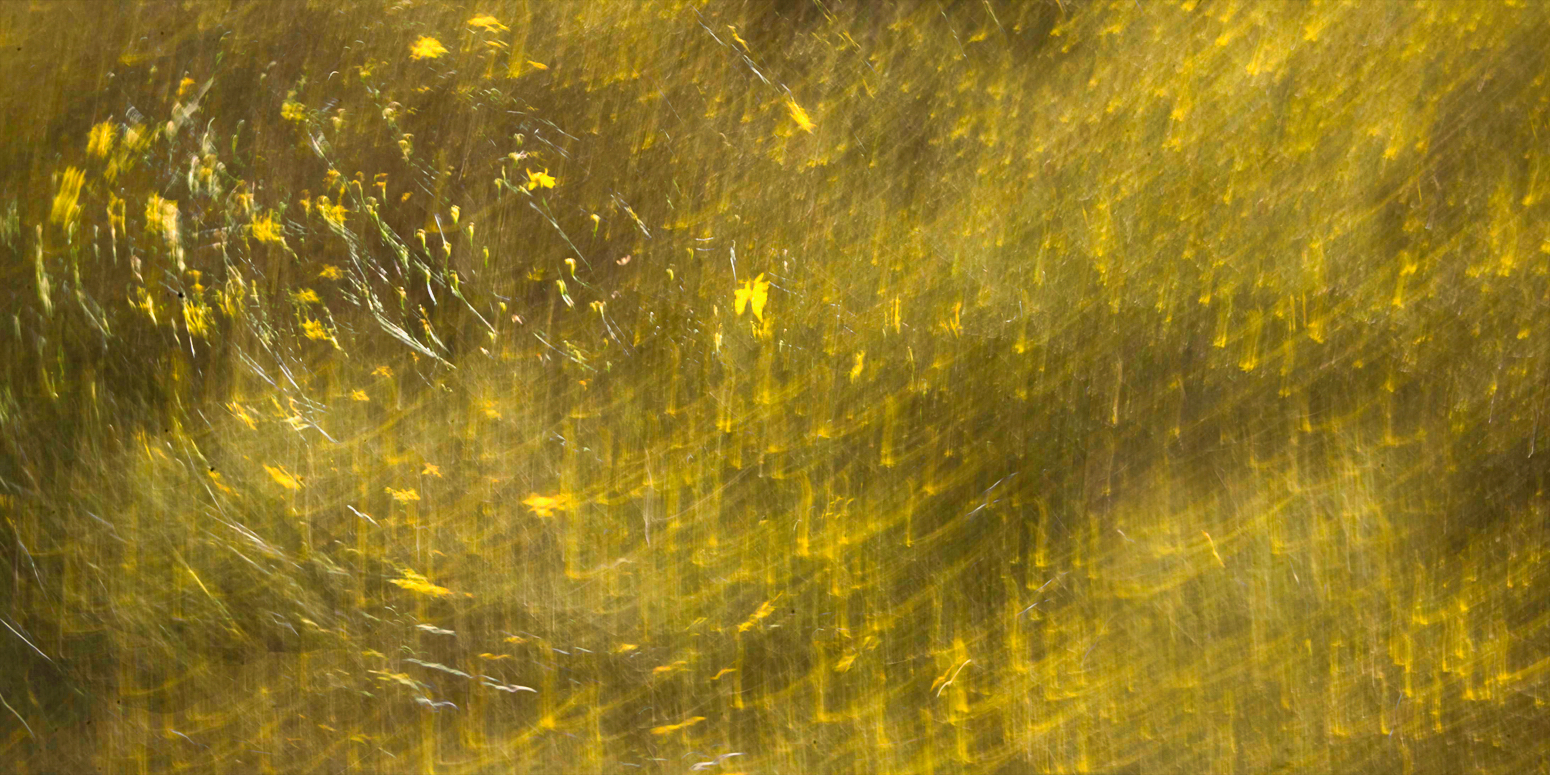
Some of us can be blissfully lost in this web and even strike gold. For others it is a cul-de-sac for the soul.
So, do you notice anything about this situation? On their own, these options are alluring, absorbing and can be satisfying to an extent. It is easy to get caught up in buying a book, going to a workshop or even acquiring more camera gear. They are useful but they are not enough. Their satisfactions are temporary and external. I believe the real secret of photography lies in each of us, you and me. It is internal.
Let’s consider the act of “seeing” in our everyday photography. It requires the opposite of our fractal lives, speeding by and sadly splintered somewhere between politics, climate change, relationships and social media. “Seeing” suggests that we should slow down, turn inward and focus our minds on grasping the artistic bigger picture. We can talk about adopting an attitude of mindfulness or meditation but even these helpful hints are so easy to say and so hard to do. Given that images of most places on the planet are already available on the internet, one workaround is to ask a simple question, ‘How can I make this image mine?’ Yes, this spot may have been visited and photographed a thousand times before but not at this time of day, with these weather conditions and this particular arrangement of people, buildings, animals etc., – and certainly not by me, blessed as we all are with our unique ways of seeing.
Everything from lens choice, framing, composition to our use of symbolism or metaphor and our aims to use imagery to document or advocate – all sum up to our highly individual worldview. To this mix, add our post processing options and it is clear that there is an infinity of ways to make our images our own.
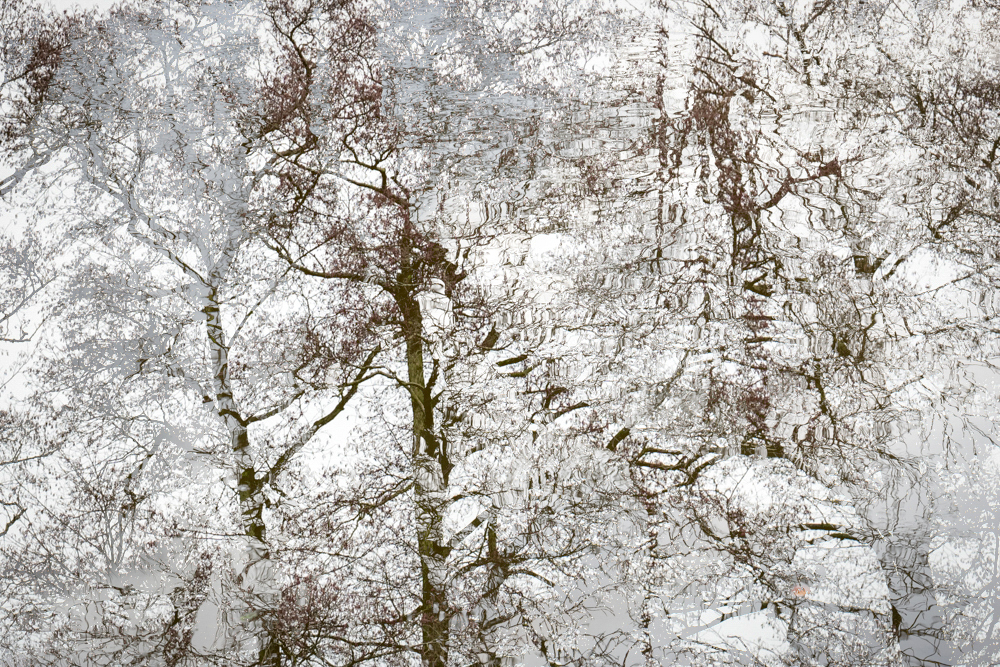
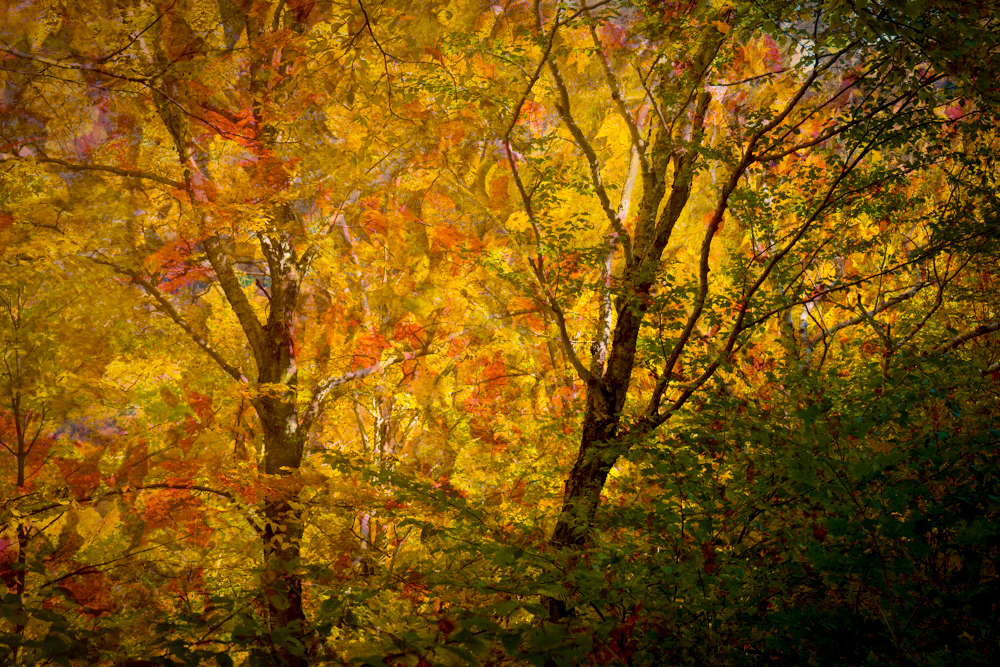
Another route which doesn’t involve shooting at all is to imagine the area we are going to photograph as simply a creative space containing a variety of elements. Perhaps a central plaza in a city or a mountain and forest landscape. Consider how other artistic disciplines would ‘see’ in this situation. What would a poet, a dancer, a musician, a painter do? Suspend the photographer mindset and find the alternative sources of inspiration which are right there for other artists. Then see if any of these translate into the language of photography.
To make the act of ’seeing’ work calls for active concentration. It is one reason why I and many others prefer some time to shoot alone even if travelling in a group. There is an inner process of iteration which takes place as we become more familiar with our subject matter and more experimental with our composition or exposures. This sensation, approaching a flow state, is a core part of creative practice. Just as writing in a journal spontaneously spins off in new directions, the key that unlocks that state of active concentration will be different for everyone. For some it can be achieved by sheer determination.
For me, it was a quote by Anton Chekhov:
This struck me deeply. It symbolised the universe in sixteen grains of sand.
I imagine that if you are reading this journal you have visited an exhibition, strolled past numerous works of art and suddenly been stopped in your tracks, transfixed by a particular piece that vibrates on your wavelength. Similarly with watching dancers or listening to a musical performance. It is the mystery and wonder of art that in its breadth, different works (of art) can resonate with each of us in different ways. The joy of Chekhov’s quote is that it urges us to see the paradox. Yes, notice the rational bigger picture, but also seek out the smaller emotional picture within. Then combine the two to form a powerful image capable of captivating viewers. The alchemical fusion of science and creativity is complete.
This analogy maps well on to my own thoughts on creativity. Let’s shift focus for a moment and turn to something hugely undervalued in the photographic process-writing. Words don’t only come into play for the artist’s statement. Imagine we are just journalling or planning an upcoming project. What happens?
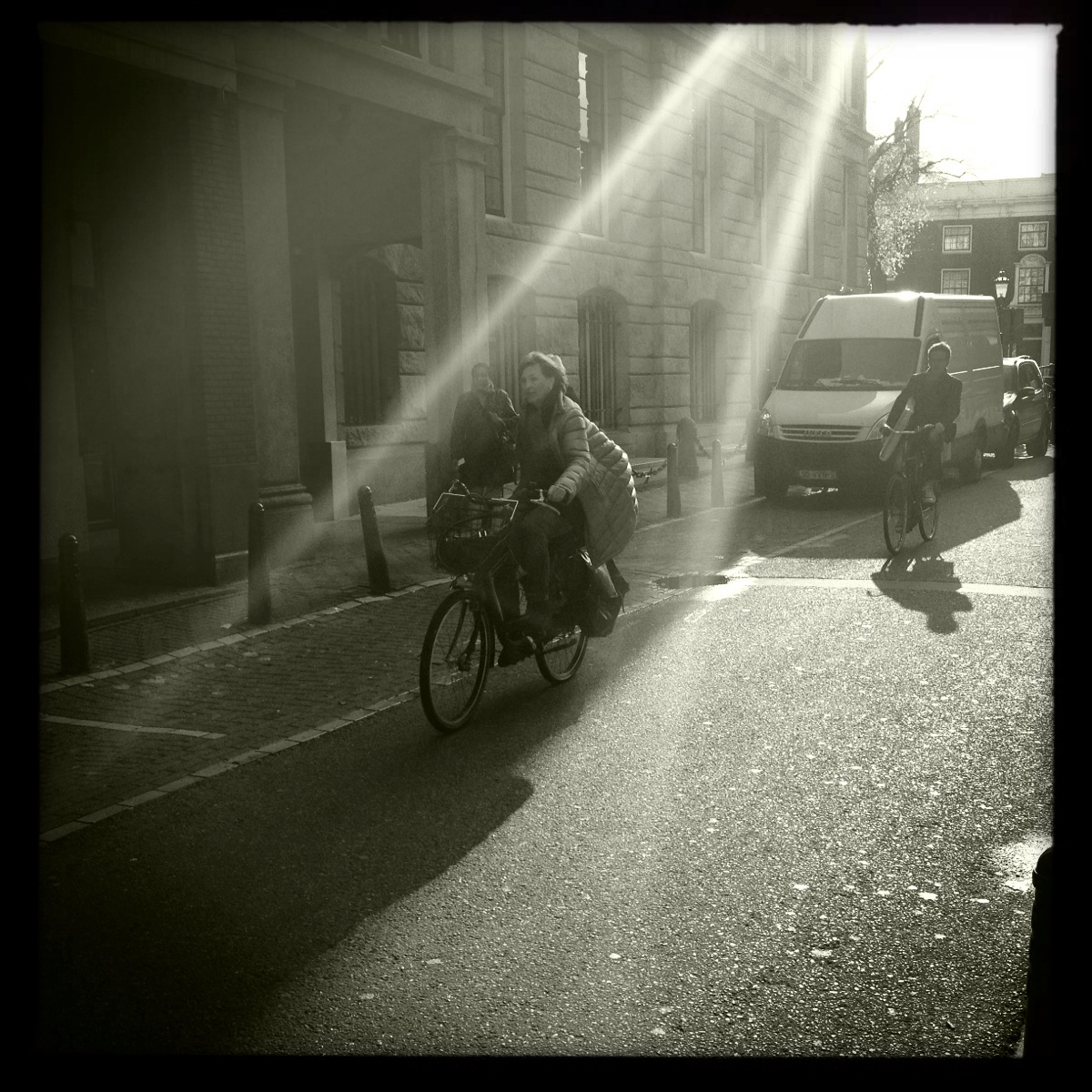
We jot down a few vague words and phrases, we start to form thoughts which drift into life sentences of not-so-good drafts. Then apparently out of nowhere…zap! …new ideas spring on to the page, connections are made, we start to breathe life into our ideas.
The simple act of writing, whether on a keyboard or scrap paper, sets in motion a mysterious force that seemingly by itself generates connected dots. We don’t know how this works, but part of it uses a mechanism called abductive reasoning, aka ‘best guess leaps’. It isn’t directly under our control but we can allow it to occur by standing aside and giving incubation and chance the opportunity to do their work. In short, experiment, play and ‘leap before you look’.
This process is not a robotic series of finite actions. I think of it holistically as having a natural organic rhythm. The steps blur and overlap as the thinking develops. It’s in these moments of creative exploration that the true essence of our artistic journey unfolds. We embrace the fluidity and the unpredictable nature of the process. We trust in the power of experiment and watch as our creative vision comes to life.
Now let’s dive back into the world of photography and see if this model of creativity can help. As photographers how can we visualise creativity? I like to use the yin and yang symbol as it represents the interplay of forces deeply embedded in human nature; darkness & light, male & female, positive & negative, order & chaos. Binary opposites are even present in the way humans have evolved. Think left vs right brain equating with the known (order) vs not known (chaos).
Unsurprisingly we view art along similar lines. We move along a spectrum from objective to subjective, representational to abstract. Within photography, we have the theory of ‘windows and mirrors’ introduced by John Szarkowski in 1978 at the Museum of Modern Art. Windows are the outer world we explore and capture while Mirrors reflect our inner world of self expression and transformation.
In simplified terms, order could be a perfectly exposed pin-sharp landscape. It is beautifully executed, easy on the eye and it doesn’t pose too many questions for the viewer. On the other hand, chaos might be an abstract or conceptual photograph. These works tend to pose a lot of questions and may be baffling to many audiences. In one the meaning is clear, in the other the meaning is hidden. One is inoffensive and calls for less emotional engagement. The other is a bold statement often stirring both positive and negative reactions.

I believe that great art exists along that delicate edge between order and chaos, and harnesses the tension between the two.
This is where the highest expressions of technique meet the thrill and potential of the unknown. Setting this border territory as my target is one way I have tried to introduce a strategy of deliberate experiment and play into my work. Those projects have stretched from “Confluence”, a multiple exposure film based collaboration with two other photographers (Ramya Reddy and Shayne Lynn, also featured in this issue) to, a work-in-progress, illustrating haiku poetry using AI. By embracing the edge between order and chaos, we embark on a creative journey that transcends routine and expands the possibilities of our artistic practice.

And AI makes an intriguing closing note. Consider the history of photography. In 1926 at the time of the first image making we started out trapped by the tripod. In 1925 the Leica liberated us to hold the camera up to our eye and move around freely. In 2007 the iPhone continued that trend by introducing computational photography with multiple lenses in a small form factor. In 2010 the first commercial drone flights enabled us to record scenes never seen before by launching the camera into the air. Now in the summer of 2023, we are on the threshold of a new era. The introduction of AI means that whilst of course we continue to use cameras, lens and light based images may no longer be the sole choice for many. AI adds yet another element to our alchemical mix, enabling us to create images directly from our imagination.
Yes, it is a huge change. Technology will help us push the boundaries of our creativity. But let’s remember the true essence of our craft resides within us—the artists, the dreamers and the makers of meaning. As always ‘endings’ contain new beginnings.
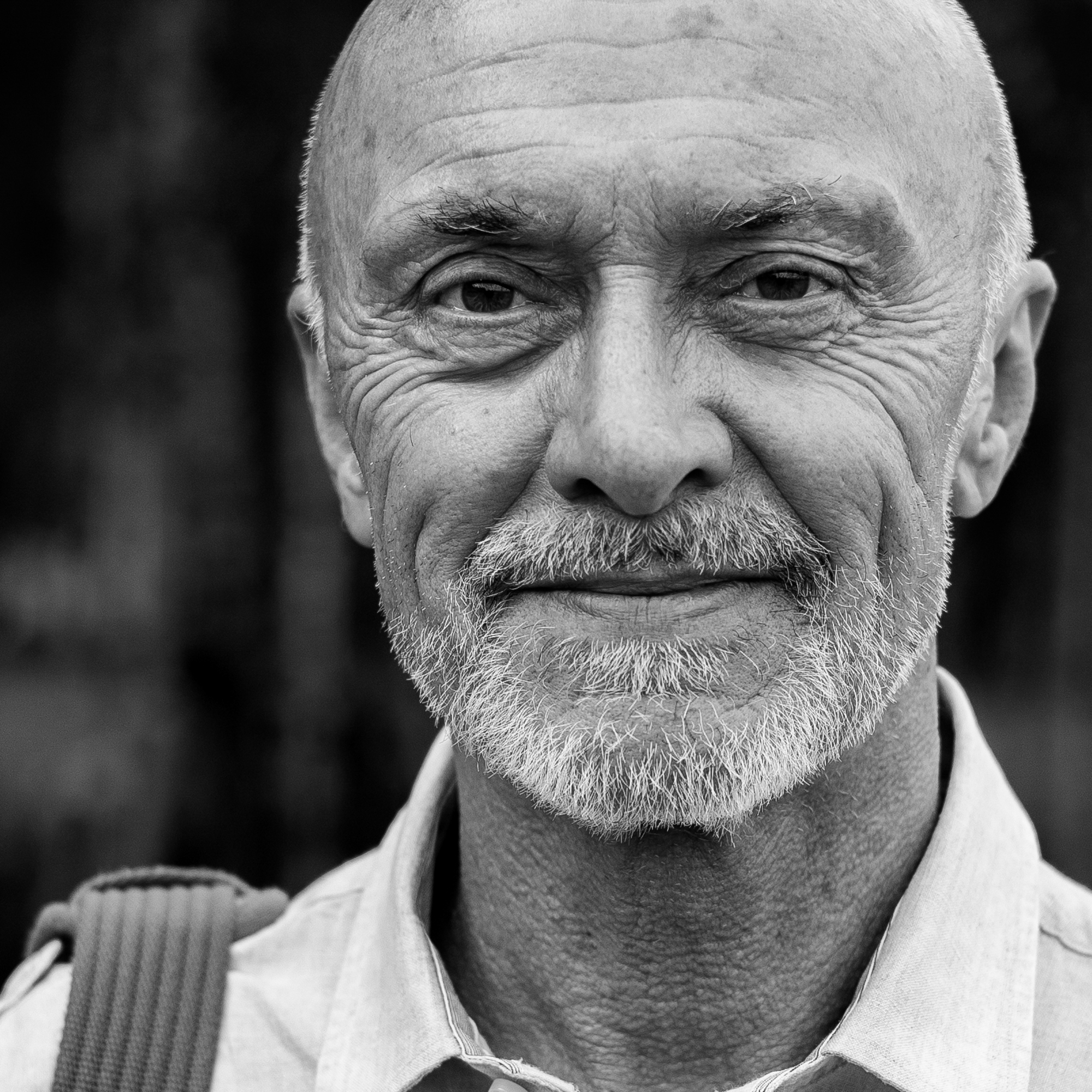

Beautiful!
In the image carrying Anton Chekov’s quote, is that a face peeking out from behind the branches?
Absolutely! It is part of a series of large installations by the artist JR at Ellis Island, New York depicting the migrants who entered the USA. It was the busiest immigration port in the USA and lasted over 60 years, from 1892 to 1954. There is also a book of the images.
The alchemy of photography transforms fleeting moments into timeless art. Through the lens, ordinary scenes become extraordinary tales. It’s a magical dance of light, perspective, and emotion—an enchanting journey of capturing the intangible.
For More Info:- https://thecrop.com.au/commercial-photography
Beautiful article. Olaf is a thoughtful writer that truly inspires me.